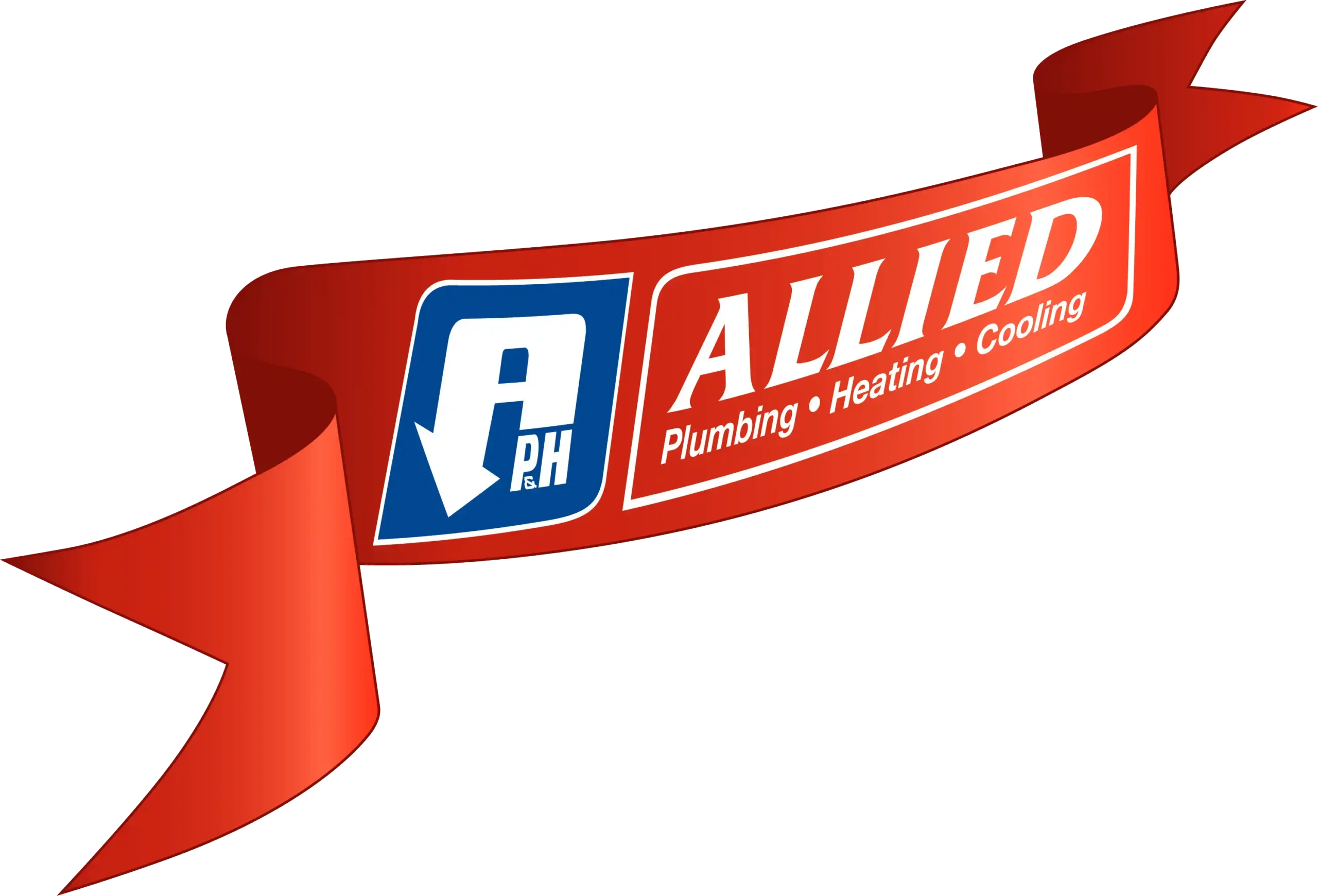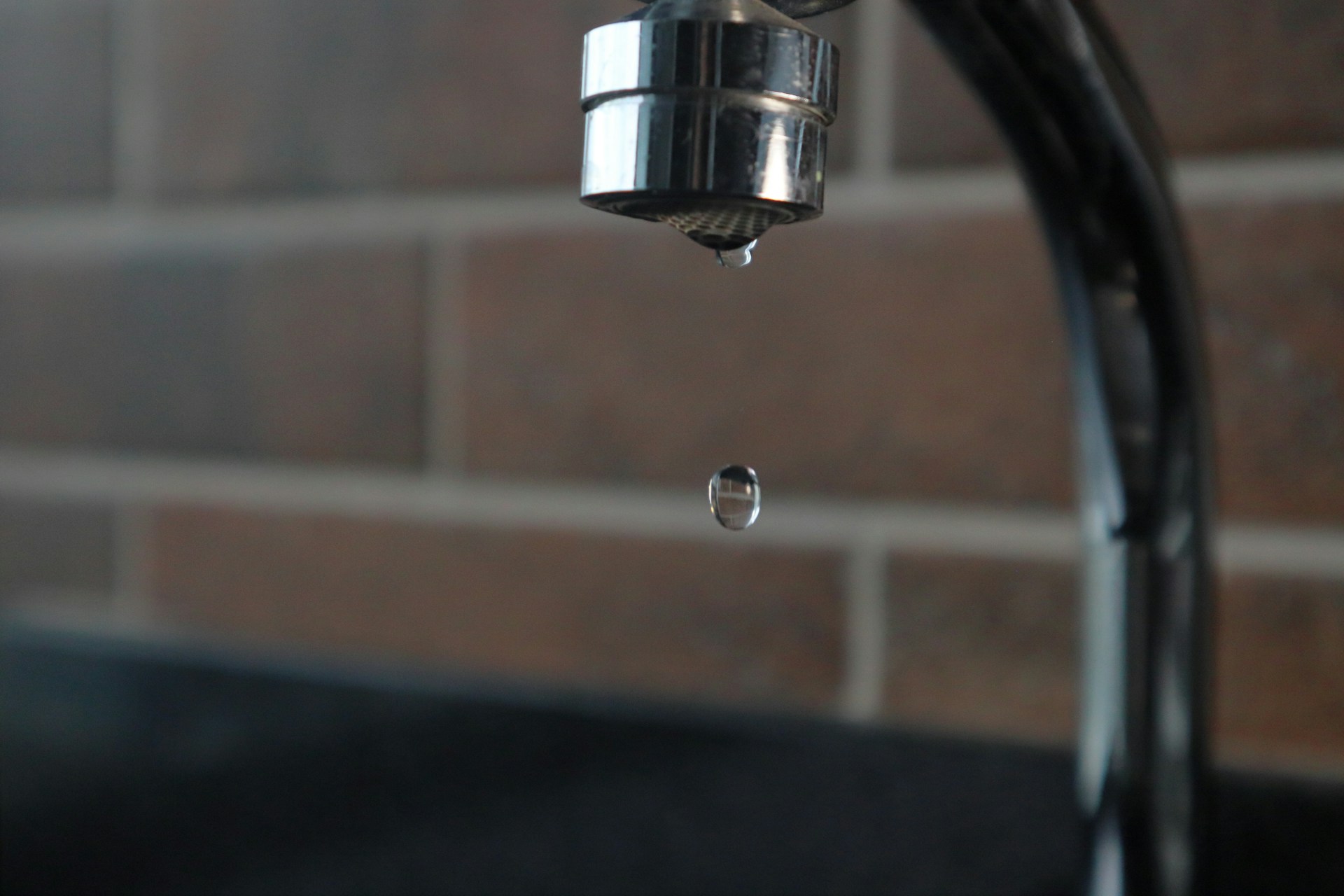Dealing with a dripping faucet can be a frustrating experience for many homeowners in Pleasant Plains. Not only is it an annoying sound that can keep you up at night, but it also signals a waste of precious water and an increase in your utility bills. The familiar drip-drip-drip echoing through your home is a common problem that many people face, yet it is often ignored or postponed, leading to more significant issues down the line.
Understanding the underlying causes and addressing them early can save you from bigger headaches. A dripping faucet can stem from several common problems, such as worn-out washers, corrosion, or even high water pressure. Taking the time to identify and fix the root cause will ensure your faucet runs smoothly, keeping your home quiet and your water bills under control.
Common Causes of Dripping Faucets
Worn-Out Washers
One of the most frequent culprits of a dripping faucet is a worn-out washer. Washers, typically made of rubber or silicone, are located within the faucet and serve to create a seal when the faucet is turned off. Over time, these washers can deteriorate due to regular friction, leading to a slow yet persistent leak. Replacing the washer is often a straightforward solution but requires attention to ensure it fits correctly and creates an adequate seal.
Corroded Valve Seat
The valve seat is the connection between the faucet and the spout, and it can become corroded over time. This corrosion can lead to small leaks, which are exacerbated each time the faucet is used. Regular cleaning or replacement of the valve seat is essential to prevent this type of leakage.
Loose Parts
A faucet is an assembly of parts all working together to control the flow of water. When components within this assembly become loose or damaged, it can lead to drips and leaks. Common areas include the O-ring, a small disc that helps hold the faucet handle in place, or other internal components that may require tightening or replacement to stop the drip.
High Water Pressure
Surprisingly, water pressure can be another factor contributing to your dripping problem. If the pressure in your pipes is too high, it can cause water to leak out even if the faucet seems to be turned off. High water pressure not only leads to dripping faucets but can also shorten the lifespan of various plumbing fixtures within your home.
Worn-Out Seals
Finally, seals around the faucet components can also deteriorate over time. These seals help prevent leaks by creating a tight barrier around moving parts. When they wear out, they can cause water to leak from the faucet base or around the handle. Regular inspection and replacement of these seals can help maintain your faucet’s integrity.
Expert Solutions to Stop Dripping Faucets
Replacing Washers
The first step to stopping a dripping faucet is to replace worn-out washers. Washers are the small but crucial components that form a seal, stopping water flow when the faucet is off. To replace a washer, begin by turning off the water supply. Next, locate the screw holding the faucet handle in place, which often requires a flathead or Phillips screwdriver. Once you remove the handle, access the old washer, usually seated at the base of the valve stem. Replace it with a new washer of the same size and material, reassemble the faucet, and test for leaks.
Cleaning or Replacing Valve Seats
If corrosion on the valve seat is the cause, regular cleaning or replacement is necessary. First, remove the faucet to access the valve seat, then use a valve seat wrench to unscrew it. Inspect for corrosion, using a mild abrasive cleaner and a brush to remove mineral build-up if necessary. If the valve seat is too corroded, replacing it is advisable. Ensure the new valve seat fits snugly before reattaching all components.
Tightening or Replacing Broken Parts
Loose or broken parts within the faucet can also be a source of trouble. To address this, inspect each part while the faucet is disassembled. Tighten any loose components and replace any damaged parts, like the O-ring, ensuring each component is properly seated before reassembly. This proactive approach can prevent future leaks and drips.
Adjusting Water Pressure
Maintaining optimal water pressure is vital. Start by using a pressure gauge to measure the current pressure level, typically done by attaching the gauge to an outdoor faucet. Ideal residential water pressure is generally between 40 and 60 psi. If readings exceed this range, adjust the pressure regulator valve located near the main water supply. This simple adjustment can prevent excess pressure from causing drips.
Replacing Seals
Seals that have deteriorated over time must be replaced to maintain the faucet’s integrity. Begin by removing the faucet handle and accessing the seals around the valve. These are small rubber or silicone rings that can be easily removed with needle-nose pliers. Replace them with new seals, making sure they fit correctly to prevent leaks. Reassemble the faucet and check the functionality.
Preventative Measures to Avoid Future Drips
Preventing future drips involves a few key strategies that can save both time and money.
– Regular Maintenance: Conduct routine checks on your faucets to catch potential issues early, before they become major problems.
– Using Quality Parts: Invest in high-quality, durable parts for any replacements. Quality materials can extend the life of your faucet and reduce future leaks.
– Professional Inspection: Schedule regular inspections with our professionals. These assessments help identify any unnoticed problems and keep your plumbing system in excellent condition.
When to Call a Professional
Recognizing when a problem requires professional intervention is important. If you’ve attempted the solutions above and the dripping persists, it might be time to call in experts. Our professionals can provide detailed inspections and repairs that go beyond a simple DIY fix.
Benefits of Professional Services
Hiring our experts ensures reliable solutions. They have the knowledge and tools to accurately diagnose and repair complex issues, preventing future occurrences. Moreover, professional services often offer warranties, giving you peace of mind knowing that any further problems will be promptly addressed.
Choosing the Right Plumber
Selecting the right plumbing service means finding one that understands the specific needs of Pleasant Plains residents. Look for plumbers with local experience, a track record of dependability, and positive reviews from the community.
Enjoy a Drip-Free Home
Addressing dripping faucets quickly not only improves your home’s comfort but also conserves water and lowers utility bills. Regular maintenance is key to avoiding constant repairs. Knowing when to seek expert help will also ensure longevity and efficiency for your plumbing fixtures. By making informed decisions, you can enjoy a quiet, efficient, and drip-free home in Pleasant Plains.
Experience reliable repairs that put an end to leaking faucets and safeguard your home’s water resources. Trust Allied Plumbing Heating & Cooling to deliver quality work and lasting solutions designed to keep every fixture running smoothly. Discover how expert care for plumbing in Pleasant Plains can protect your home from unnecessary water waste. For a quick estimate or to book a service visit, please contact us today.






